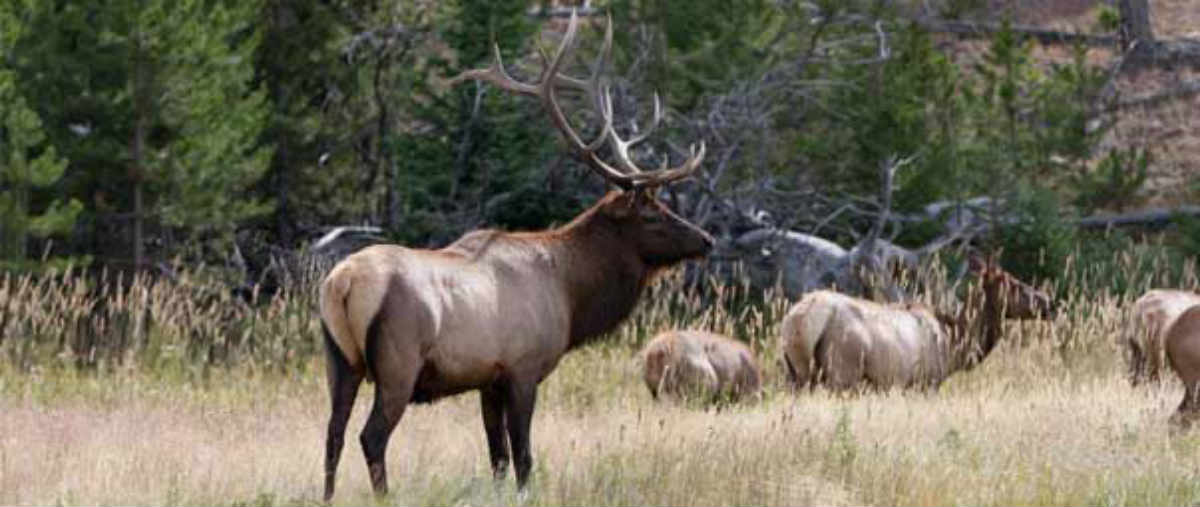The Rocky Mountain Elk Foundation maintains that Hunting Is Conservation, and does so for many reasons. One publication recently took a closer look at the issue.
“How can preservation arise from elimination? That is the question raised by opponents of hunting when they argue against the notion that hunting contributes to wildlife conservation,” stated an article by Randi Medici and Charles R. Drago in the Outdoor Enthusiast Lifestyle (OEL).
OEL then outlined four ways how hunting positively shapes wildlife and wildlife management.
- Hunting is an important management tool. For many wildlife species, hunting helps to maintain populations at levels compatible with human activity, land use, and available habitat. For example, hunting helps limit deer browse in agricultural areas and deer-car collisions.
- Managed hunting contributes to the creation and maintenance of sustainable predator/prey ratios, which in turn ensures that populations of both categories thrive but do not become destructively excessive.
- Hunters pay for the bulk of wildlife conservation across the country through the Pittman-Robertson Act. Established in 1937, this act created an excise tax on guns, ammunition, bows, arrows and other hunting-related equipment. This money is then apportioned to state wildlife agencies based on the land area and the number of licensed hunters of each state.
- Hunters have banded together in local sportsmen’s clubs and national organizations to raise funds for conservation, buy and conserve private lands for wildlife habitat, partner with state and federal agencies on large-scale conservation, and lobby for laws and policies that benefit wildlife. Groups like Ducks Unlimited and Pheasants Forever support and conduct conservation and restoration efforts across a wide range of habitats, throughout the country.
Go here to read the full article.
